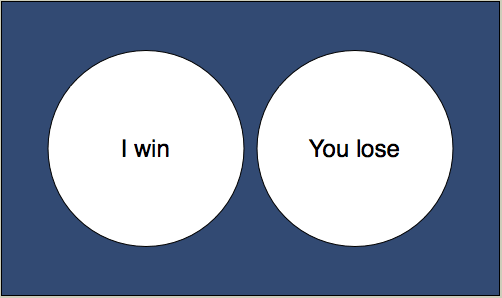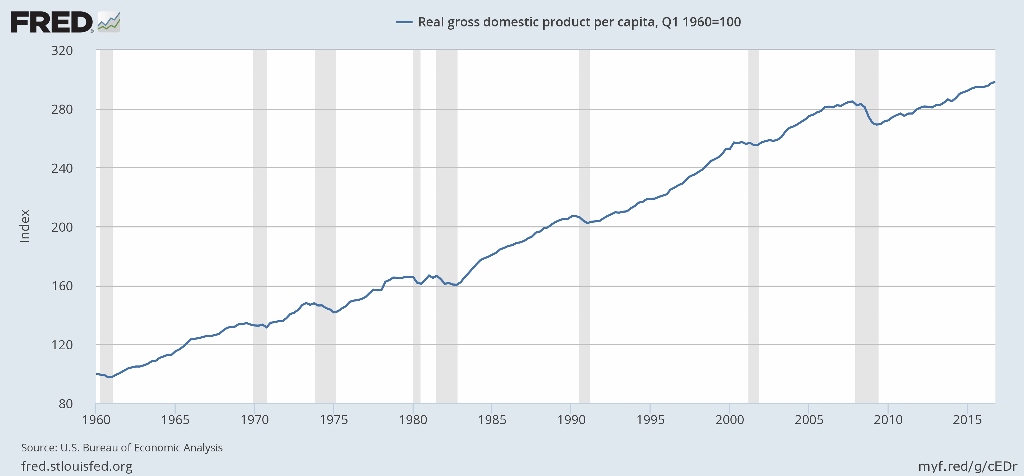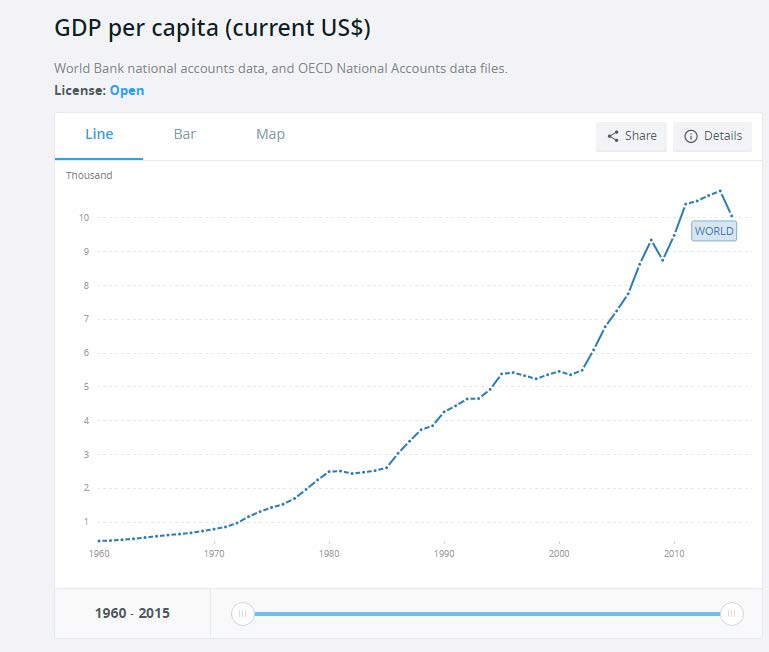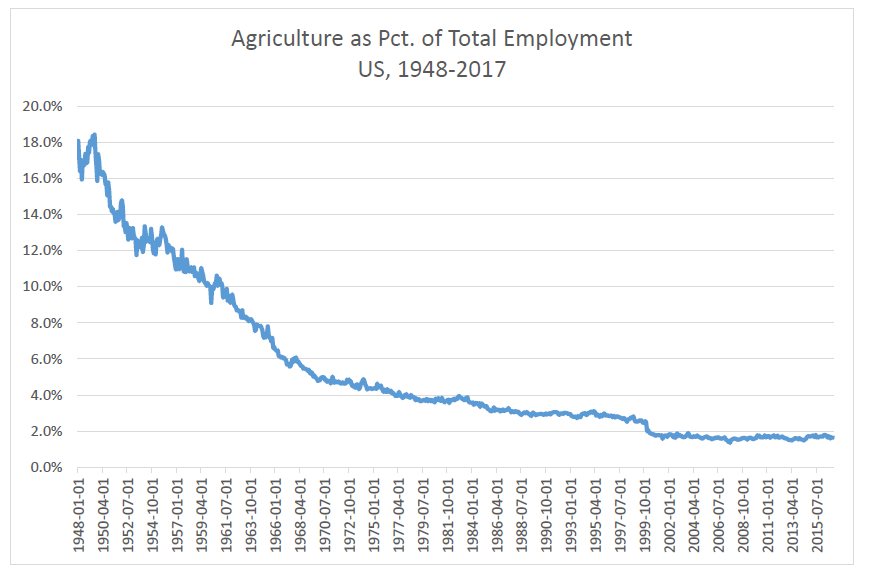Non-Zero Sum

There are prominent voices (and tweets) urging us to pull back, dig in, and lock the gate. This rising chorus of nationalism and protectionism sees a dangerous world intent on our demise or destruction. We are assured we will be safe behind our wall, in our bunkers, while others can sort out the consequences of the chaos beyond our shores. Our enemies hate us (which is why they’re our enemies), our friends don’t appreciate us, so we first are going to protect ourselves from these threats, and then we are…well, we’ll have to see what’s next.
This narrative is dangerous, and it’s wrong. I wrote of why it’s dangerous (http://blog.angelesadvisors.com/2016/12/shock-part-3-the-end-of-pax-americana/): the United States is the only country that can maintain the world order. Wishing otherwise won’t change this fact. However hateful our enemies, or ungrateful our friends (and I suspect they are more bewildered than ungrateful), a US withdrawal from its global responsibilities will result in a more chaotic and violent world rather than one that is safer and more secure.
This nationalist narrative is also wrong, principally because its implicit assumption is that relationships (among countries, but probably also among companies and maybe even individuals) are zero-sum, that is, one can gain only if another loses. There are “winners” and there are “losers;” there cannot be “winners” and “winners.”
In fact, relationships are never zero-sum. Thankfully, in my lifetime, the world order has been severely positive-sum. The first graph below shows that real GDP per capita in the US has tripled since 1960. The second graph shows the same data for the entire world: real GDP per capita has increased 20-fold!


So that makes Americans “losers,” right? After all, the rest of world got much richer than we did over the past five decades. Of course not; we were all “winners.” The rise in wealth was faster in rest of the world, but (a) the rest of the world is not richer than the US, and (b) even if it were, we (Americans) are (much) wealthier than we were in 1960. No, the world, in my lifetime, has been massively positive-sum.
But that doesn’t mean that the outcome can only be positive-sum. The 1930s were a good example of a period of negative-sum, an era of protectionism and nationalism, tariffs and competitive currency devaluation. That was an era of negative-sum, where we all became poorer.
In 1979, a peak number of Americans, 19.5 million, were employed in manufacturing. Today, it’s 12.3 million, up 900,000 since the economy bottomed seven years ago. While 1979 was the peak in absolute manufacturing employment, as a percentage of all labor, the peak was seen in 1943, at 38.8% (see graph below). Today, manufacturing represents just 8.5% of total employment. It has been in decline for 75 years.
One hundred years ago, about half the population of the US was working in agriculture. Even after the Second World War, 18% of the labor force, eight million people, was engaged in agriculture. Today, 2.4 million, just 1.7% of total employment, works in agriculture (see graph below). Where’s the outcry to bring back agricultural jobs?

Manufacturing jobs have been in decline in the US for 75 years, and agriculture for about 200 years. This has little to do with China or Mexico, and a lot to do with extraordinary technological and scientific advances. From an employment perspective, manufacturing is not our future (neither is agriculture).
The expansion of trade, the free flow of capital, and the rise in migration—the characteristics of the world order established by the US in the 1940s—has enriched the entire world and lifted billions out of abject poverty. But there is little recognition of this unprecedented prosperity, and calls to dismantle the global order by erecting multiple barriers to impede the flow of goods, capital and people.
There are physical barriers, such as walls, legal barriers, such as tariffs, and social barriers, such as hateful rhetoric and scapegoating. All of these barriers are harmful, to everyone, not just to those that are targeted. They are harmful economically, and more importantly, harmful socially and morally. They are not zero-sum, they are negative sum.
They are not only dangerous, but also wrong.

